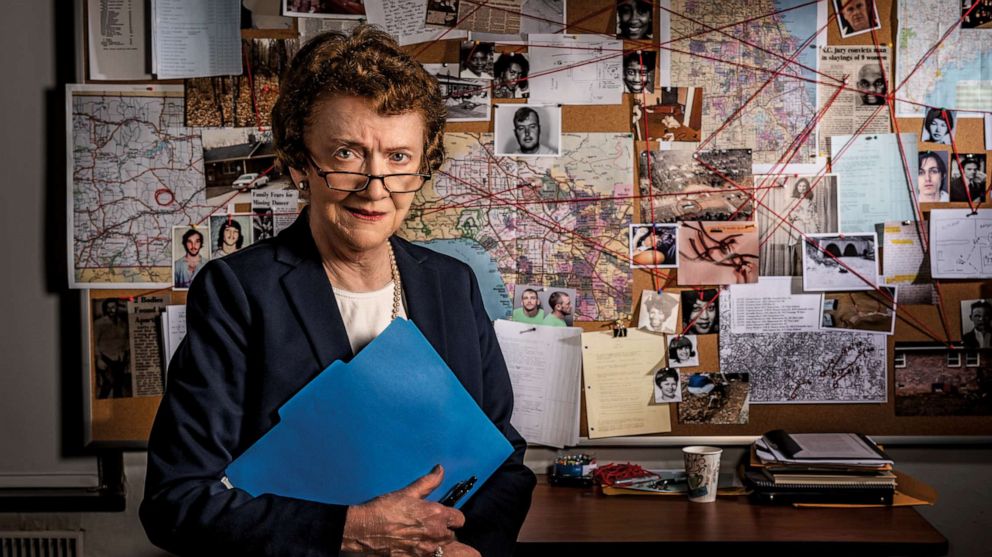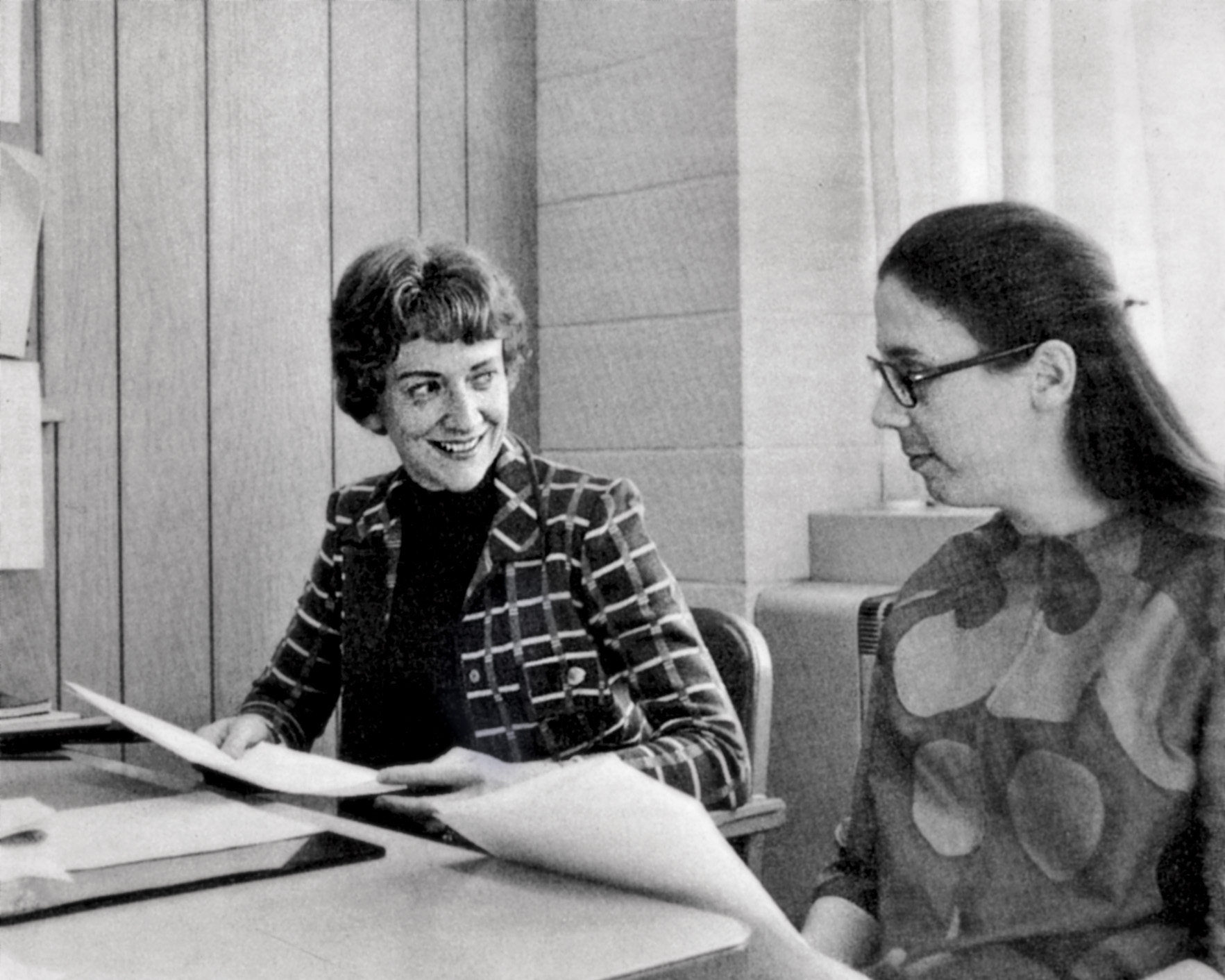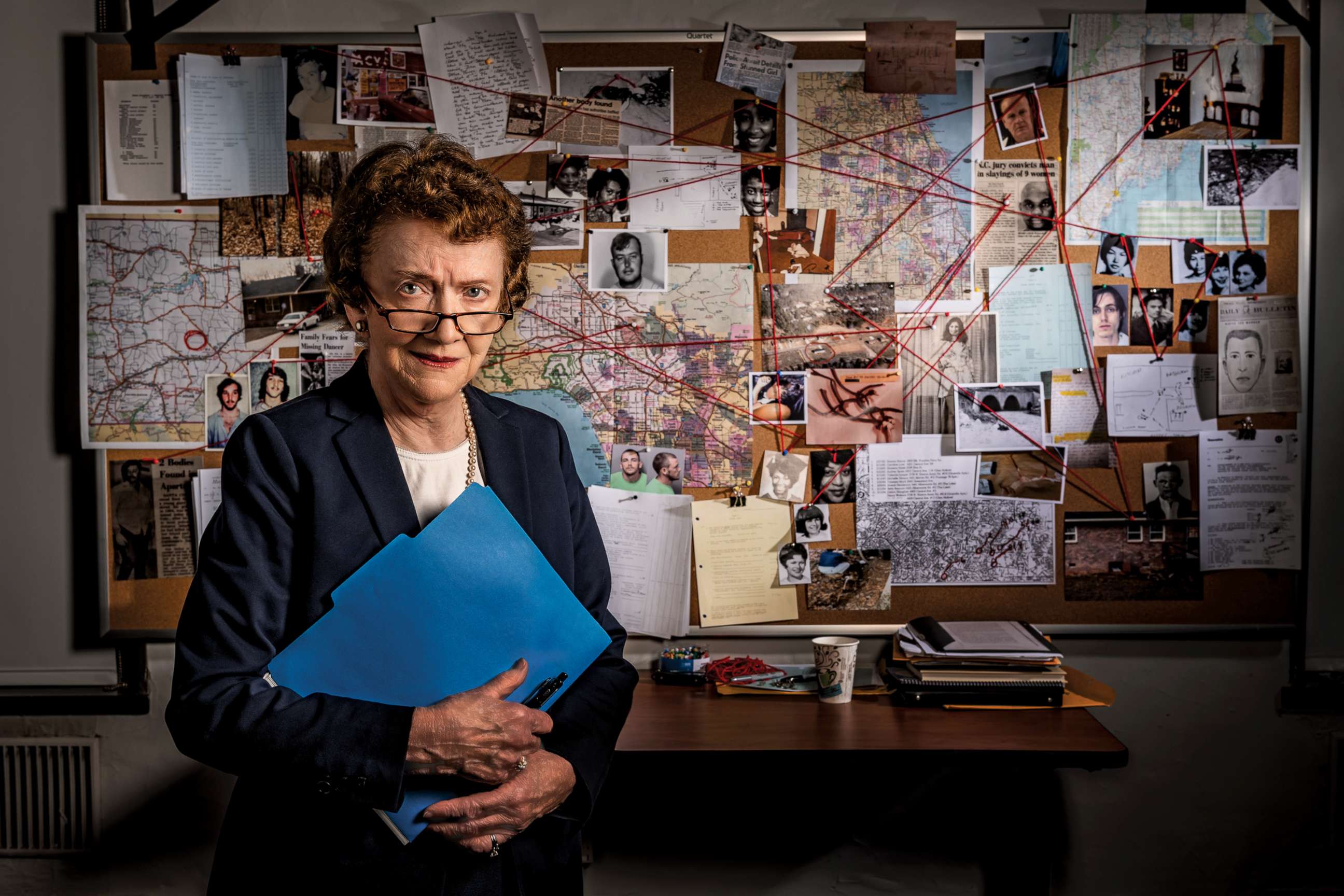Behind-the-scenes of criminal profiling and what it takes to catch a killer
Dr. Ann Wolbert Burgess is a celebrated criminal psychologist.

For centuries the world has been fascinated by serial killers. Who are they? What makes them tick? What do they choose to kill?
To try to answer those questions the authorities turned to one woman: Dr. Ann Wolbert Burgess.
Now a celebrated criminal psychologist, forensic nurse and researcher, Burgess began her seasoned career researching and gathering data about victims of sexual assault and the lasting trauma in rape victims.

In the early 1970s at Boston College, Burgess met Linda Lytle Holmstrom. The two began working together and set up a program at Boston City Hospital. Their goal was to meet with as many rape victims as possible.
“[Holmstrom] had wanted to study rape, but hadn't had any success in finding rape victims,” Burgess said. “It's no different now than it was back then. They really are hidden. They're really silent.”
Holmstrom's and Burgess’s deep dive eventually led to procedures that focused on a victim’s response to rape. But for Burgess, this important initial research provided her with the structure and knowhow to dig into something much deeper.
An “aha” moment happened during a small conference in Worcester, Massachusetts. Holmstrom and Burgess were focusing their research solely on victim impact while another colleague presented information about perpetrators. At that moment, Burgess was struck with the power of putting the two together.
She describes the moment in her new book, “A Killer By Design”: “I realized if I wanted to fully understand the nature of a crime, I'd have to see both the victim and the perpetrator as two halves of the same story.”
These findings were first published in the American Journal of Nursing as “The Rape Victim in the Emergency Ward.”
And then the FBI called.
Supervisory Special Agent Roy Hazelwood had read her article and he wanted her to present a lecture on her research to FBI personnel at Quantico.
“That was a frightening moment for me,” Burgess told ABC News. “And then I thought, ‘I’ve never really talked to a bunch of males before. It’s always been female nurses. So he made arrangements and the rest is history.”
Thus began Burgess’ work with the FBI’s Behavioral Science Unit (“BSU”) -- the “Mindhunters” popularized over the last several years by a Netflix series loosely documenting their work.
“BSU was a cast of outsiders,” Burgess explains in her book. “They were the rogue agents, the idealists with big ideas, and they wouldn't let the limits of convention or bureaucratic traditions stand in their way.”
And because she was an outsider to the FBI with a nonconventional background, FBI agents saw Burgess as an ally. Eventually she was introduced to two agents, John Douglas and Robert Ressler, who were working on an extremely unique side project: interviewing serial killers.
“Of course the content was fascinating,” Burgess said, recalling the first time she listened to the interview tapes. “It became clear to me that they had a wonderful opportunity to get all kinds of information. But they didn’t have a plan. And that’s where I came in and suggested that they really needed to have some kind of methodology to it.”

And so she set out to do just that. Initially, there was a lot of distrust in the profiling process. But once Burgess’ evolving methodology began to show results, everything changed.
Over the next two decades, Burgess worked with the BSU to develop and create a criminal profiling framework that revolutionized the way criminals were identified, interviewed and tracked. Through her continued work, Burgess and BSU agents were able to analyze some of the nation’s most notorious offenders, including Henry Louis Wallace (“The Taco Bell Strangler”), Dennis Rader (“The BTK Killer”) and Ed Kemper (“The Co-Ed Killer”).
“The work alone stands by itself,” said Steven Matthew Constantine, who began working with Burgess as a cowriter for her book. “But the fact that she was one of the very few women in the FBI at the time to be doing this type of work and be trusted to do that type of work, I think that's really impressive. And I think it's an important piece of history that needs to be shared.”
He went on, “It was sort of funny when we first started. I remember asking Dr. Burgess, 'How did you deal with this?' It's definitely very disturbing to know it's out there and still goes on. I tried to take on a little bit of her mentality of looking at it as data and information. If you can get to the bottom of it and you can parse all this information quickly, hopefully that's preventing future victims.”
When asked if Burgess believed the perpetrators she interviewed and studied were monsters, she said no. Instead, she described the violent offenders as atypical and remarked on the importance of trying to understand the mind of a person who commits serial assaults or homicides.
“I think, as the book says, it's a quest to understand," said Burgess. "Because if we can understand [perpetrators] and how early [their tendencies] started, maybe we could stop it or intervene or do something.”




